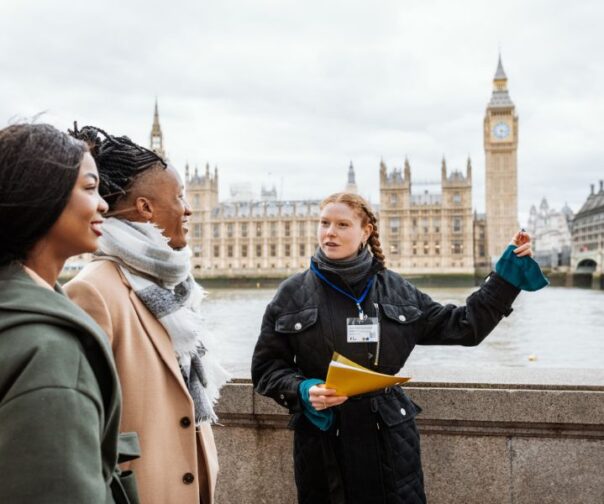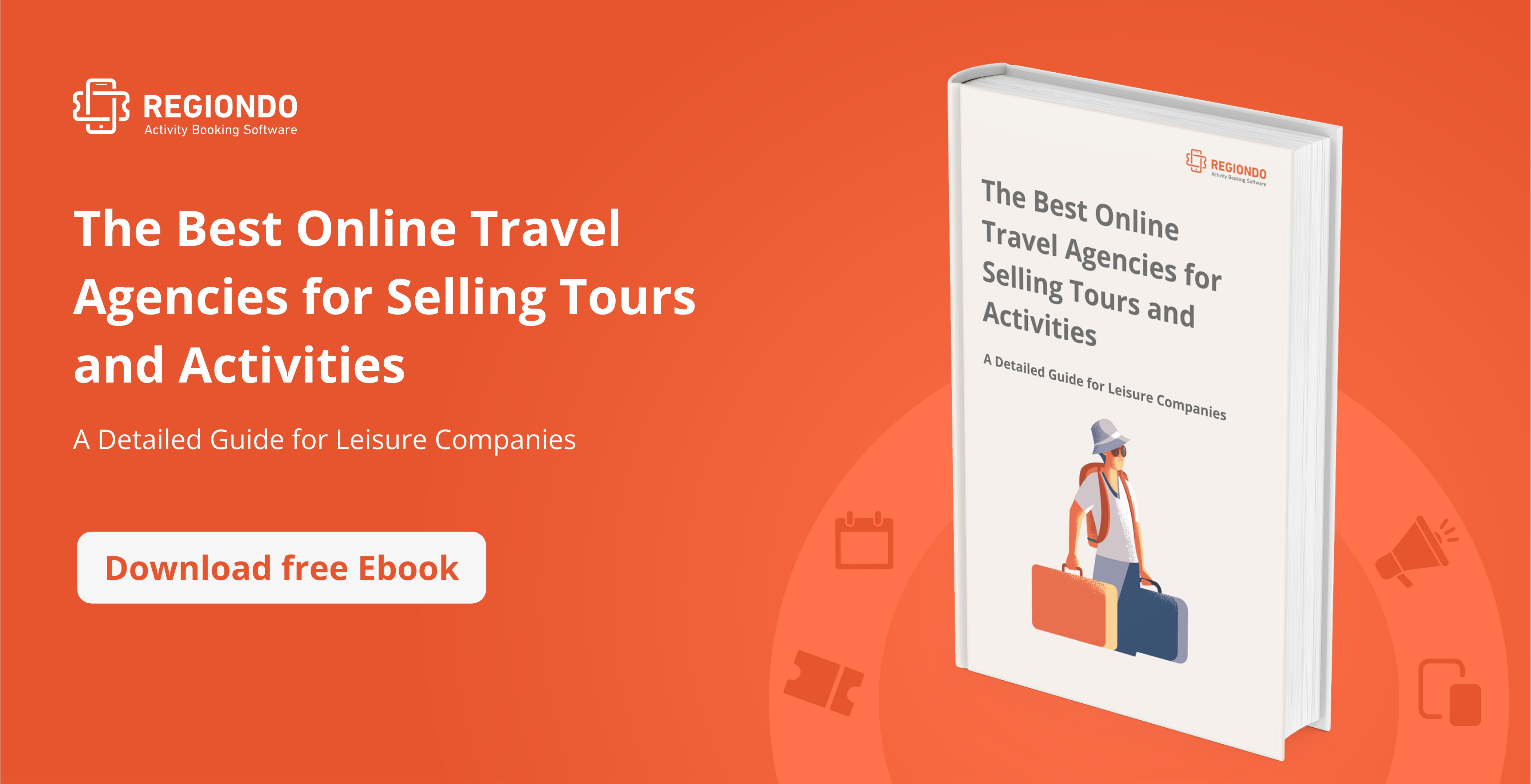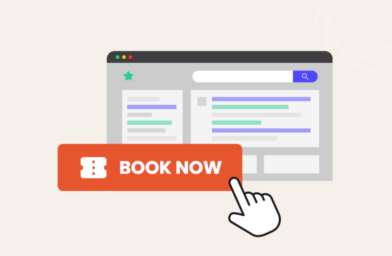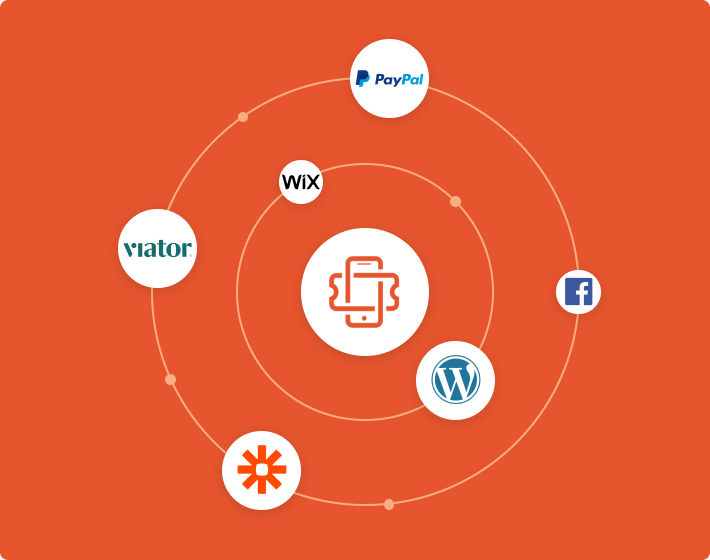The experience economy, as well as the shift to buying experiences over things, has been studied since the 90s. It is also well understood that travel is the ultimate experience which is why experiential travel marketing and branding is currently one of the top tourism trends.
Indeed, planning a trip is not just about finding the best accommodation: It is about finding and having the best experience. What does that mean?
Simply put, users want to quickly and easily find the best things to do in the destinations they are traveling to. Booking.com studied that desire and behavior, understood it, and then delivered it in the form of Booking.com Experiences.
Booking.com Experiences was initially developed to complement Booking.com’s main offering: accommodation. Its addition to the Booking.com products and services suite means that travelers can now book their entire trip in one place: from accommodation to walking tours and museum visits.
Let’s go deeper to see what Booking.com Experiences is all about and how you can get in on the action.
What is Booking Experiences?
Tours and activities are usually found via hotel front desks or directly from tour and activity providers. However, the mobile generation, mostly millennials, prefer to use their phones to research and instantly book a tour or activity.
This change in user behavior saw the rise of several online booking tour and activity wholesalers, like TripAdvisor and Airbnb. Booking.com also decided to dip its feet in the game.
Booking.com immersed itself in the tours and activities sector in 2016 with a digital product called Experiences. You’re probably thinking it sounds a lot like aforementioned TripAdvisor or Airbnb Experiences.
Booking.com Experiences is a tad bit different.
The Experiences category was created to enable travelers to book everything they need for their vacation in a central place. Yes, think of it as a mobile hotel concierge desk.
When travelers book a room in a city that Booking.com Experiences is available in, they get a varied selection of local tours and activities with special discounts or benefits like skipping the line.
It previously only offered Experiences to customers that booked a hotel in a destination where Experiences was available. Users would get a link after they book a hotel — a link that takes them to a personalized landing page with a list of tour and activity offerings in the city they are touring.
Sounds pretty novel right? Well, the novelty really lies in the technology Booking.com uses.
It uses artificial intelligence (AI) with mobile so travelers can instantly book attractions and tours using a QR code. It specifically uses AI and machine learning to predict traveler’s intent to provide a customized experience; faster and simpler payment options; and priority queuing. It also provides personalized experiences based on prior travel preferences.
Ram Papatla, Vice President of Experiences at Booking.com, says, “We’re constantly exploring new ways to leverage technology in order to facilitate seamless and enjoyable travel experiences for our customers at every stage of their journey and with Booking Experiences, we’re doing just that.”
Let’s take a more detailed look at how it works.
Booking.com users that are vacationing or living in any of the cities where Experiences is available have access to all participating tour and activity providers and venues, via a single QR code.
The QR code is linked to the user’s preferred credit card to make the payment process as seamless as possible. That method cuts the need for travelers to make advanced bookings or stand in long queues to buy tickets.
Booking.com Experiences users simply show up to the venue, scan the QR code and enjoy the tour or activity at a special or discounted rate. Some Booking.com customers find that too good to be true!
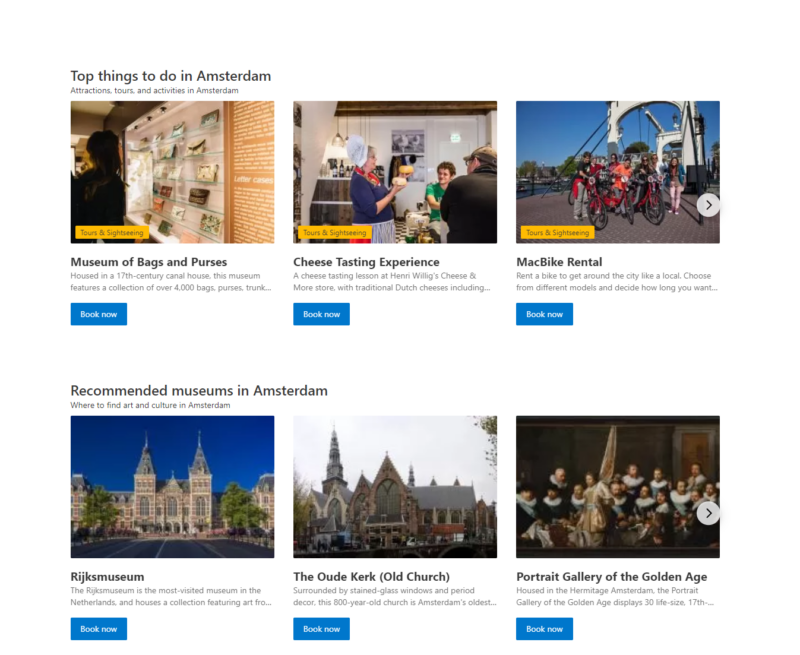
Travelers can select from an extensive list of participating tours, activities and venues prior to arrival or while they are at the destination. One of the novel aspects of Booking.com Experiences is that customers are only charged for the activities they want to experience, which means that they can change their itineraries at any time or decide to attend tours and activities last minute (without worrying that their spot will be taken).
Booking.com understands that the decision to book a tour or activity is quite spontaneous, hence that approach.
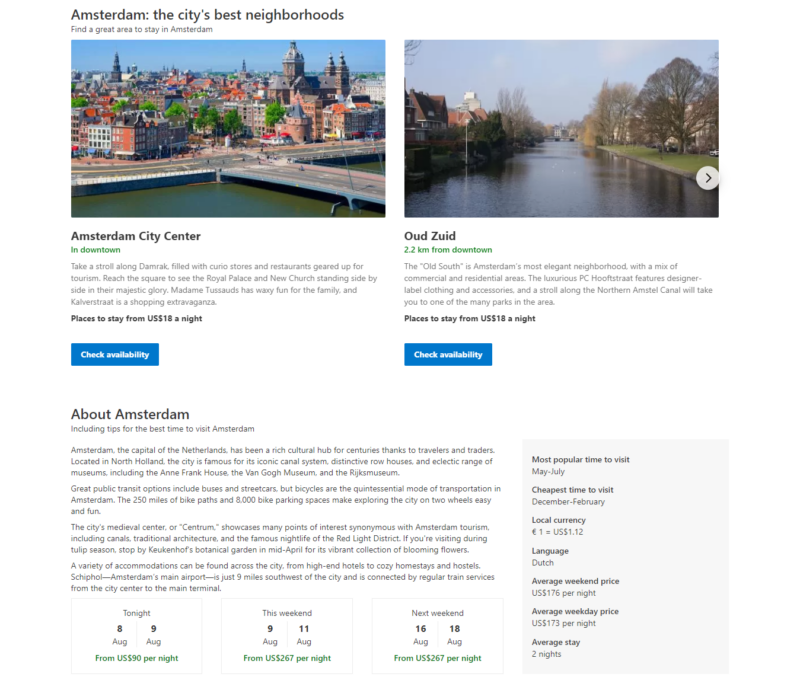
Booking.com Experiences is currently available in select cities in the United States, Europe, Asia, Australia and the Middle East.
Booking.com Relies on Actionable Insights to Develop Their Experiences Platform
Booking.com revamps its mobile app with the insights they get from millions of customers about their destination/experiences likes and dislikes. They then pair that data with customers’ previous travel preferences, their current location and third-party information from local attractions.
That enables them to learn more about their users over a period of time. With that data, they can provide users with more personalized suggestions and recommendations; consequently enhancing their destination experiences and driving sales.
That’s the reason why Booking.com doesn’t really advertise their Experiences offering (Experiences is not available on the main Booking.com site). Users only see it when they book a hotel in a city where Booking.com Experiences is available. Even then, the links to Experiences are relatively hidden. Why?
Because they aren’t really worried about traffic to their Experiences category. They have 1.5 million bookings per day on average. That’s a big audience to run a controlled experiment with, and here’s how it works.
Since a user will be staying in a specific hotel, in a specific location and on specific dates, Booking.com can provide a targeted Experiences offering to individual travelers. They can then better understand what appeals to a traveler and what doesn’t.
Papatla said, “We are starting with great demand, with a great dataset as we figure out how we can remove friction from consumers to help them enjoy and experience the world more.”
Booking.com is also learning about booking behaviors. For example, how families and solo travelers are booking experiences; the difference in booking behaviors of people on short trips versus those on longer trips; and how limited supply drives early bookings.
Their ultimate goal is to use data and technology to facilitate seamless bookings, and to enable customers to plan their itineraries without needing to check their phones constantly (which takes away from an experience).
Papatla states that they “want people to enjoy the world and want people to not have to look at their phones while they’re doing that. We would love our customers to never to have to stand in line. The phone will buzz and inform them at the right time what the next thing to do is. We don’t just want to sell tickets.”
Booking.com is really on a mission to enable tourists to plan their entire trip on a single platform.
Should You List Your Offers on Booking Experiences?
Tour and activity providers with online offerings also have local tour offices where customers can book from when in the destination. However, when they are not online, it’s hard for customers to decide which tour operator to go with.
Travelers usually prefer online platforms as they have quality control measures like reviews and instant messaging for customers to file complaints on. Some platforms also employ secret tourists to test tours for quality control.
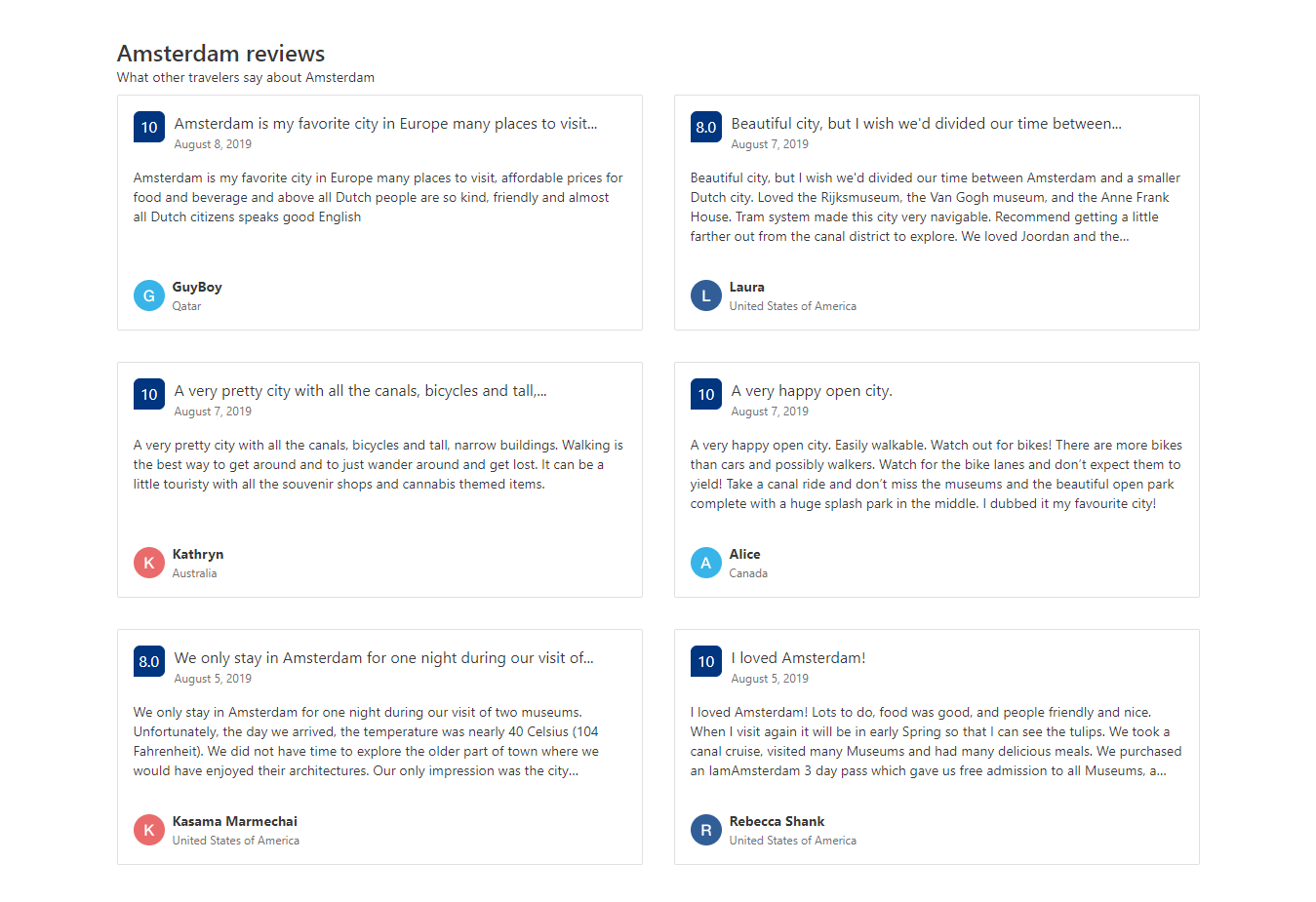
However, as it stands, about 80 percent of experiences are booked offline, via phone, travel agencies, hotel concierges, etc.
On the other hand, the amount of money spent by travelers on tours and activities has grown 21 percent since 2014 to $159 billion. Companies like Booking.com, Airbnb and TripAdvisor are all trying to get customers to buy more of them online, via their platforms.
And it’s working. TripAdvisor reported that tour and activity bookings are its fastest-growing revenue stream, accounting for about 50 percent of their non-hotel revenue ($360 million) in 2017. This tells us that there is an increasing number of travelers booking their tours and activities online.
The advantage with offering your tours and activities on Booking.com, in particular, is the sheer size of the tourism market they control. With the addition of their Experiences category, the platform has become a place where tour and activity providers, like yourself, can provide travel experiences that customers want in this day and age. And in higher volume.
Furthermore, their platform is open to all travelers — both international and local. That’s right, they previously only offered Experiences to travelers who booked hotels in destinations where Experiences are available.
They decided to separate Experiences from hotel bookings earlier this year so that tours can also be accessed by locals or people who book their accommodation via another site like Airbnb. That’s a big market opportunity that you can take advantage of as a tour and activity provider.
Additionally, unlike Airbnb Experiences, Booking.com is focused on offering mainstream attractions rather than unique tours and activities.
Want to get your tour or activity listed on Booking Experiences? While it’s not available everywhere yet, you can join if you’re based in certain cities like Berlin, Paris or Amsterdam. There are two main ways to do this:
- Check with your booking software provider in case they offer Booking.com as a sales channel.
- Contact Booking.com directly and ask to talk to a Market Manager.
Booking Experiences Commission Fees
The commission fees for Booking.com Experiences is not readily available to the public. Their commission fees vary by country so you would need to list your offerings with them to find out the exact amount of commissions you would pay.
What we do know is that the company works with a commision-based model which ranges from 10% to 25% depending on your location.
Oh, and if you’re worried about uniform cancellation policies, they vary by vendor guidelines; meaning, you get to set your own cancellation policy.
Wrapping Up
Similar (well, almost similar) to Airbnb Experiences and GetYourGuide, Booking.com Experiences is a good way to widen your distribution channels, get your brand in front of more eyes and increase your bookings.
We all understand that, in this space, there are lots of things you need to do and invest in, in order to sell A LOT of tours and activities. Listing your offerings on platforms like Booking.com Experiences makes that effort a lot easier. Especially if you don’t have a solid online presence and want to reach more international and millennial travelers.
Take a dip and let us know how it goes!
You might also like:
